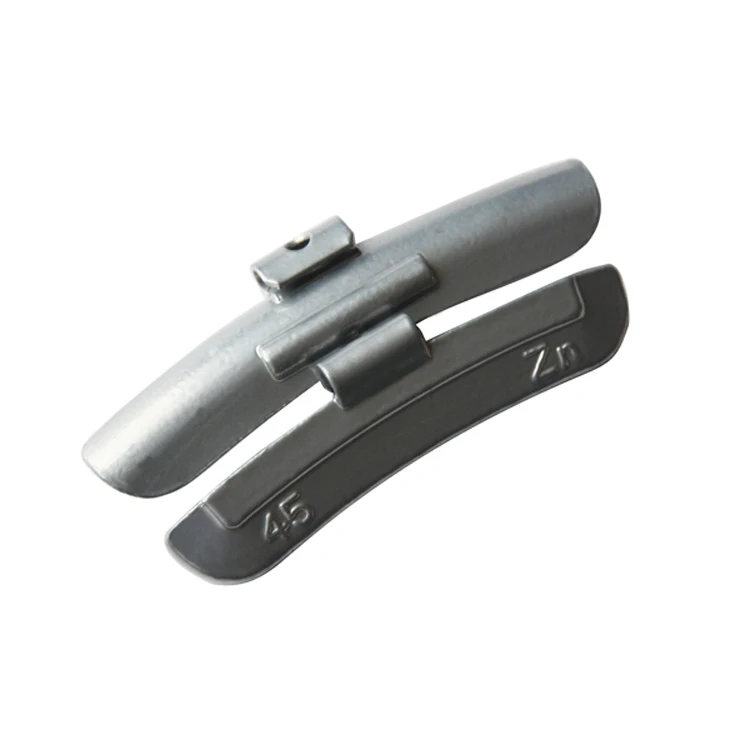There are car owners who still don’t know that having wheel weights is crucial. Some are even unsure what the weights on wheels look like. If you are one of those drivers, don’t fret.
Here’s a simple explanation: Weights are tiny objects attached near the edges of your tire.
Have you ever asked yourself what purpose those weights serve? Or why do new cars still have weights on their wheels?
Our article answers those questions and highlights some benefits of having weights on your wheels:
What is the Purpose of Wheel Weights?The primary purpose of wheel weights is to give your wheel and tire assembly an outstanding balance. By clipping weights onto the circumference of the hub, you will prevent the wheel’s vibration. This ensures a smooth and stable performance of the car.
Table of Contents
Remember, the wheel is not perfect, nor is the new tire.
There are likely to be slight deviations in rubber thickness.
If you leave the variations on all wheels, they will cause vibration. When you put a counterweight, you will balance the wheels out.
If your tire is out of balance, a couple of things can go wrong.
First, your tire will have terrible ride quality, making it nearly impossible to enjoy driving your car. Even worse, a bad ride quality may make it challenging for many drivers to control their vehicles, especially when roads are slippery.
Apart from that, when your wheels and tires are out of balance, the lifespan of your tires and suspension components like shocks and bearings will be relatively short.
Tire technicians unanimously agree that when you apply the weights to the wheel, the mass of the wheel and tire will be distributed evenly around the axis.
This way, your wheel will rotate without wobbling.
When your wheels and tires have a proper balance, your tires won’t wear fast, and your car will have more fuel mileage. On the other hand, when your wheels don’t have weights, they may have a vibration due to out-of-balance tires.
On the other hand, when your wheels don’t have weights, they may have a vibration due to out-of-balance tires.
You can’t underestimate the use of wheel weights for any car.
It doesn’t matter if your car is an entry-level SUV or a sports car. As long as it has wheels, they need balancing, and balancing is impossible without weights.
Your tires are in constant contact with the road surface.
Therefore, your rims and tires need a proper balance that only weights can provide. Apart from continuous rotation, weights will improve your tire’s brake and help you navigate rugged terrain.
So a car that has wheel weights won’t only have adequately balanced wheels and tires, but it will have great control on the road.
For instance, when the roads are wet, you will find it relatively easy to control that car, thanks to the weights on the wheels.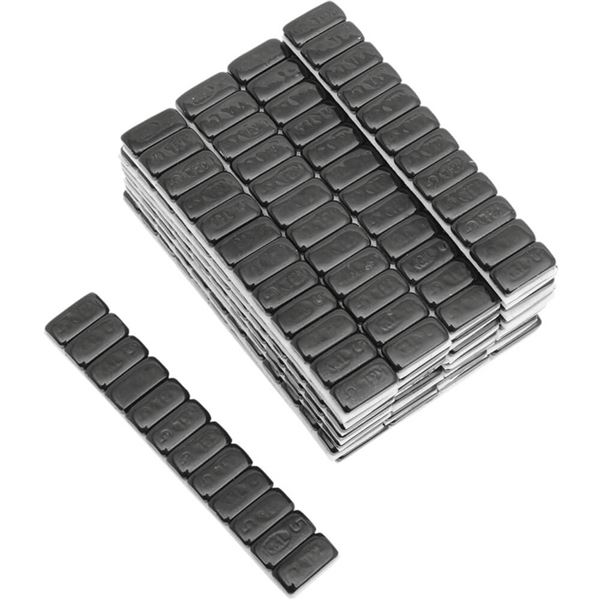
All wheels, regardless of brand, have a slight imbalance to them.
The imbalance is due to the angular speed—the mass of the wheels and the distance from the axis. To counter the imbalance, you should add weights to the wheels.
Every installation of new wheels requires balancing. When your car begins to vibrate after installing a new set of wheels, it’s possible that the technician didn’t balance the wheels properly.
If your vehicle vibrates immediately after putting on new tires, take it back to the installer. Ask them to check the weights on the wheels.
Should All Cars Have Wheel Weights?The wheel weights topic is still one of the most controversial. And car enthusiasts have divided opinions regarding putting weights on their wheels. Some insist that wheel weights are no longer necessary.
But wheel weights still matter—even today.
This study has found that wheel weights are indispensable for all cars, regardless of the car’s model or make.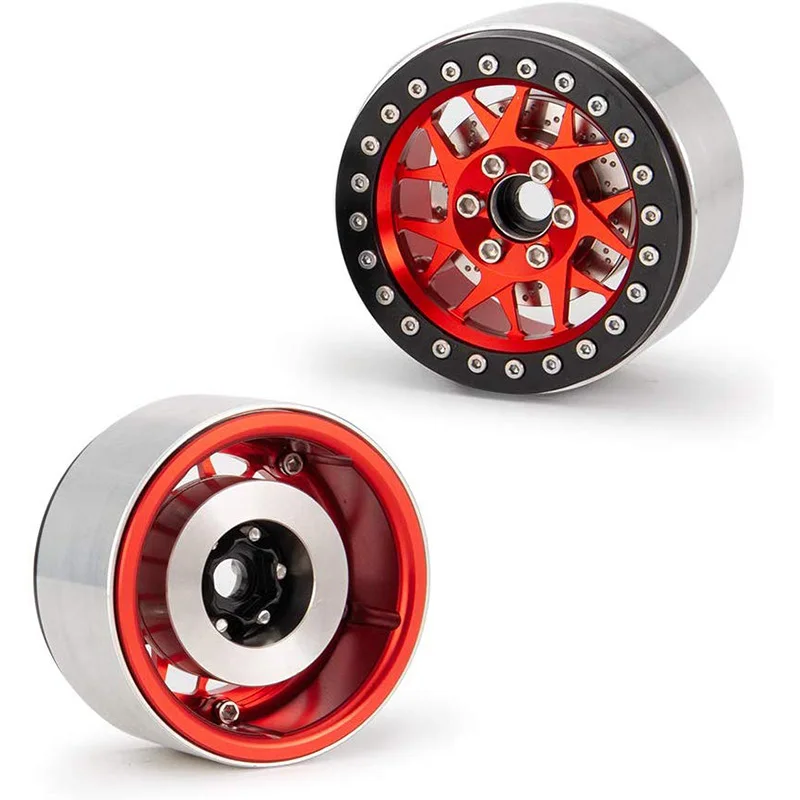 So, as long as the vehicle has wheels and tires, it should have wheel weights.
So, as long as the vehicle has wheels and tires, it should have wheel weights.
If you replace your old tires, you will need wheel weights to protect them from wearing out fast.
A car that doesn’t have a wheel weight is likely to shudder and vibrate when you accelerate. But once you put weights, they will have a dramatic impact on the performance of your car. The best wheel weights should improve your car’s ride quality.
Very important.
Wheel weight also impacts what wheel technicians call ‘rotational mass,’ which is the mass that affects the wheel’s rotation.
So when your wheel is lightweight, it will potentially reduce the rotational mass and allow the engine to pull that weight quickly.
Do New Wheels Also Need Weights?If you want to improve your car’s ride quality, you should add weights to your new wheels. New wheels and tires don’t come with the weights in most cases.
So, once your car gets new tires, balancing your wheels and tires should be your top priority.
Start with that.
Most car manufacturing companies also ensure that all the new wheels and tires balance properly before releasing the car. Hence, most modern vehicles, especially those with alloy wheels, will have some self-adhesive balancing weights placed on the inner side of the rim.
Rims and tires are not perfect on their own. But you can make rims and tires uniform in density.
It would help if you balanced the tires and rims.
Otherwise, they will oscillate or wobble around the axis at some point. If you place weights correctly, you will bring balance to your rims and tires.
Can you Balance Wheels Without Weights?Here is why almost all tires would need a weight to balance. It’s nearly impossible to balance wheels and tires without weights.
That said, you might not be able to visibly spot the weights as they can be placed on the inside.
So in short, wheels cannot be balanced without adding weights.
You will have people claiming their wheels don’t have weights, only to find them placed somewhere where they can’t see them.
Even modern tires will have small weights on them.
If you look correctly, you will see the weights near the edges of the wheels.
When you take your tire for balancing, the tire technician will adjust the weights to ensure each tire is balanced correctly. This is also to ensure that your car has a smooth ride.
Balancing your wheels is different from wheel alignment, which doesn’t do with weights. If your wheels don’t have weights, you can’t balance them. On the other hand, when you balance a wheel, you will be adjusting the weights.
Here are some notable benefits of balancing your wheels:

Lastly, sometimes the balanced wheel can still shake.
This may be due to a wheel runout which usually occurs on a wheel or a tire. When your wheels have excessive runouts, your car is likely to vibrate.
The vibration will usually happen as your wheels turn.
Different things may cause a runout—for instance, an improper seating ring, an old rim, tire mounting, etc. Simply adding wheel weights will help adjust the wheel’s static balance and fix the wheel runout problem.
Besides, you will also reduce vibration to your wheel and balance all your four wheels.
Wheel weights are the most inexpensive item that saves you money. Don’t try to put wheel weights yourself if you want to ensure that the wheel weights balance your wheels accurately.
Instead, go to a wheel technician to help you out. They will know how to install the correct type of wheel weights.
Was this article helpful?
Great!
Click to share...
Did you find wrong information or was something missing?
We would love to hear your thoughts! (PS: We read ALL feedback)
Name (not required)
Email (not required)
Message
You can’t balance tires without using wheel weights.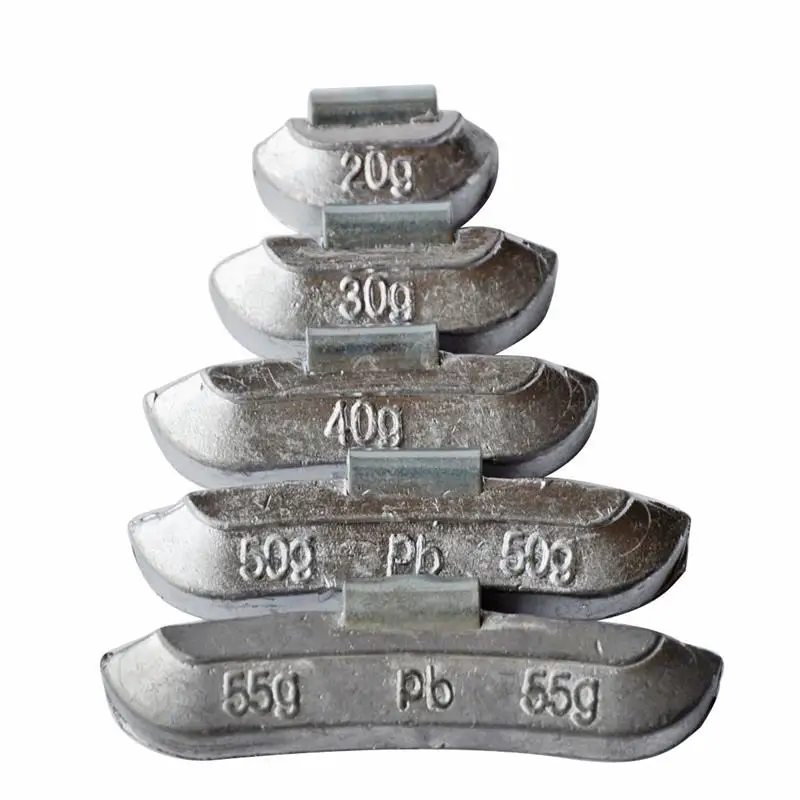 Hence, most tire technicians use them to balance wheels. Still, car owners believe it’s possible to drive without wheel weights.
Hence, most tire technicians use them to balance wheels. Still, car owners believe it’s possible to drive without wheel weights.
Are you unsure if you should have weights on your wheels?
Perhaps you want to know if you can drive your vehicle without wheel weights?
Don’t fret. This guide will answer those questions and more.
Table of Contents
Do all types of wheels need Weights?All types of wheels need wheel weights, regardless of size or shape. Wheel technicians attach them to the tire and rim to counter the imbalance. By using wheel weights, you will distribute the entire weight of the rim and tire evenly.
A couple of things may go wrong if you don’t balance your wheels properly.
Most people use clamp-on weights. That doesn’t mean every car owner should use them, too.
That doesn’t mean every car owner should use them, too.
If you don’t like the standard clamp-on weights, you may choose to go for stick-on weights on your wheels.
They will still serve the purpose of balancing your wheels. All you have to do is clean the wheels thoroughly before putting them on. To ensure that they are not visible, you can slap a bit of duct tape over them.
Do I need weights on all FOUR WHEELS?Most definitely! You need to put weights on all four wheels. Wheel weights are a crucial part of your vehicle’s overall performance.
Why?
Because it’s relatively easy to control your car when you have weights on all your four wheels. Besides, wheel weights help heavy cars to slow down quickly.
Your wheels and tires need a proper balance that weights can provide. And without using weights on all four wheels, your vehicle will have trouble navigating slippery terrains.
Remember, all tires and rims have a slight imbalance.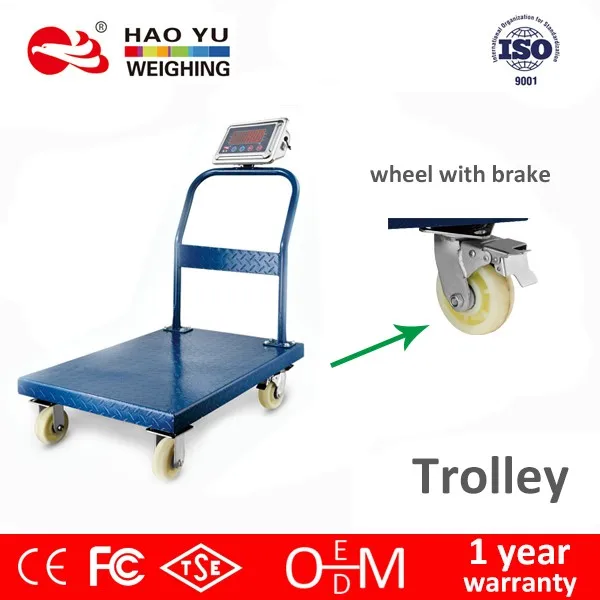 The imbalance occurs when the rim and tire are not concentric.
The imbalance occurs when the rim and tire are not concentric.
Or when the tire’s sidewall has unequal stiffness. Therefore, you should counter the imbalance by putting weights on all four wheels.
It doesn’t matter if your car is an SUV, truck, or regular car. You need to rotate and balance your tires regularly.
Hence, all car manufacturers recommend this to car owners.
3 Signs You Lost a Wheel Weight?Knowing your wheels have lost wheel weight can be tricky, though. Fortunately, there are signs you can look out for to know if your wheel weights have come off.
Let’s take a look at some of them:
1) Uneven tire wear
The first sign of out-of-balanced wheels is the uneven tread of tires. When you leave this problem unattended for far too long, it will shorten the lifespan of your tires.
2) Poor fuel economy
Another telling sign you should pay attention to is poor fuel economy on your vehicle.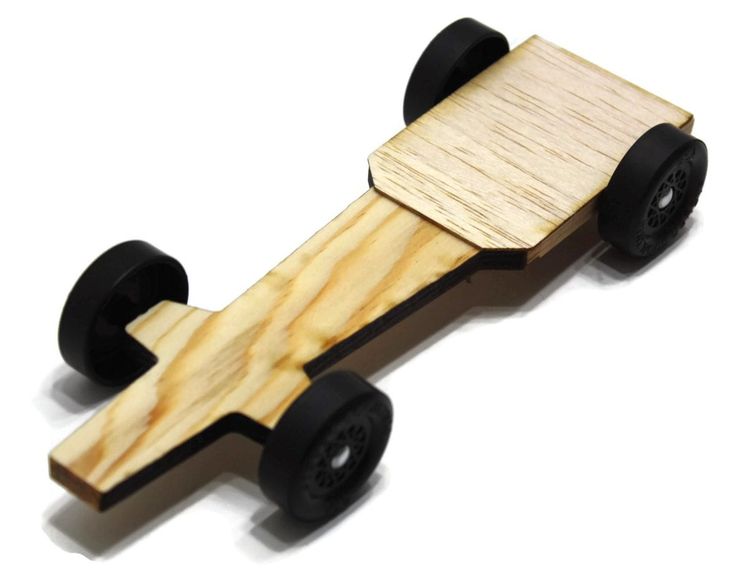 This problem will be due to your car consuming more gas than usual. This problem mostly happens when you accelerate your vehicle.
This problem will be due to your car consuming more gas than usual. This problem mostly happens when you accelerate your vehicle.
3) Vibration
The vibration of the steering wheel and floorboard is another common symptom of unbalanced wheels.
Can Wheels Without Weights Be Balanced?It is nearly impossible to balance wheels without wheel weights. That said, to balance the wheels, the technician must use only high-quality weights. Additionally, the technician should attach weight in a correct manner.
Correct balancing is essential for a smooth ride.
Technicians usually attach wheel weights between your rim spacing (top) and rim flange (bottom). They may choose to use knock-on or adhesive weights.
They will clip a knock-on weight firmly on the rim flange. Knock-on weights consist of a clip and a body.
The clip offers the force that holds the weight to the rim flange. The body provides the mass to counteract the imbalance. Using knock-on weights allows a technician to choose a weight based on the size of the tire. And they come in many sizes and shapes.
Each knock-on weight has mass sizes and styles.
Each clip style was designed for a specific rim flange. For instance, some are for thinner wheels, whereas others are suitable for alloy wheels.
Alternatively, wheel technicians can use adhesive wheel weights to the spacing area of the wheel. The adhesive weights are popular because they are inexpensive, easy to use, and invisible.
They are individual weight segments with an adhesive tape backing.
Adhesive weights also come in many styles, color codes, and sizes. What makes adhesive weights unique is that they look great on modern wheels. They are also easy to attach and remove.
Can wheel weights be put on the inside?Unfortunately, you can’t put wheel weights inside the tire itself. But there is an option to make wheel weights inconspicuous by putting them on the rim’s back. Or inside the rim. All you have to do is to ask your wheel technicians. Then, they will place wheel weights on the inside flange.
Technicians can use any wheel weight to balance your wheels regardless of the material it is made from.
For instance, they may choose to put zinc weights, which are scratch-resistant. Or durable steel weights.
It is essential for the technician to insert wheel weights correctly. First, the technician should use the correct ounces of each weight in each wheel. They will do this by testing the wheel on the machine.
From there, they will establish the right amount of weights to use.
Once they establish which weights to use, they can proceed and insert the weights on the back of your rim.
To make the wheel weight inconspicuous, the technician will attach the weight to your wheel’s back or inside edges.
It doesn’t matter if they use stick-on or adhesive weights; technicians should start by cleaning the surface where they will attach the weights. This will remove any residue of grease or silicone that may make the weights not stick correctly.
This will remove any residue of grease or silicone that may make the weights not stick correctly.
Otherwise, your wheel weights may come off at some point.
Instances when wheel weights come off include when your wheel technician doesn’t stick wheel weights properly. After a few days of driving your car, the wheel weights may eventually fall off.
Sometimes this may happen because the technician decided to stick the wheel weights on a wet rim, making them not adhere properly.
How vital are WHEEL WEIGHTS?Wheel weights are one of the most vital components of the wheels. Without them, your wheels will be out of balance, and driving your car will put your vehicle and others at risk.
Since balancing wheels is technical, it is advisable to allow only wheel experts to balance your wheels. They will use wheel weights to offset the overall weight distribution of your wheels.
And to help all your four wheels to tackle any imbalance.
One of the drawbacks of not using wheel weights is that you will experience uncomfortable vibrations. Even when your car is going at 50 mph, a wheel weight will balance your rim and tire assembly and improve the ride quality of your vehicle.
To ensure they balance your wheels properly, the wheel technician will do the following:
Lastly, wheel weights can have a dramatic effect on your brakes. If you continue to drive a vehicle with unbalanced wheels, you will find it hard to control it on the road, especially when it is raining.
Therefore, it is crucial to ensure that you balance all your four tires with high-quality wheel weights. If you are replacing old tires, you should replace old wheel weights, too.
If you are replacing old tires, you should replace old wheel weights, too.
A good rule of thumb is to re-balance your tires every 5,000 miles each year. Fortunately, rebalancing your tires is quick and affordable.
Was this article helpful?
Great!
Click to share...
Did you find wrong information or was something missing?
We would love to hear your thoughts! (PS: We read ALL feedback)
Name (not required)
Email (not required)
Message
Today truck scales are widely used in industry, transport, agriculture and other industries. Weighing equipment is bought and installed on a turnkey basis, but, unfortunately, it does not always work properly. What is the problem and what to do?
Weighing equipment is bought and installed on a turnkey basis, but, unfortunately, it does not always work properly. What is the problem and what to do?
Often, when using truck scales, the traffic simply increases in the absence of automation and operational reporting. At the same time, old mechanical scales require very frequent adjustments, and if there is none, their work is disrupted. Problems also arise with large temperature differences, groundwater makes it impossible to work. Of course, such difficulties arise during the operation of old or improperly installed truck scales, but given that they are the majority in modern industry, it makes sense to consider several options for solving problems.
The first solution is to leave things as they are. Pros: No upfront investment required. Cons - such electronic car scales will work fuzzy, unreliable, requiring constant repairs. They also have a low weighing speed for large cargo flows.
The second solution is to upgrade the balance. Pros - quite inexpensive, high accuracy, the weighing process can be automated. Cons - if you keep an existing platform, then it may be deformed as a result of long-term operation, especially with large cargo flows, which will entail additional costs for the repair of the weighing platform.
Pros - quite inexpensive, high accuracy, the weighing process can be automated. Cons - if you keep an existing platform, then it may be deformed as a result of long-term operation, especially with large cargo flows, which will entail additional costs for the repair of the weighing platform.
The third solution is to install new wagon scales. Pluses - you can place the new scales where it will be most convenient for you to carry out weighing, control and automation, establish communication with the accounting department; also, the scales will weigh accurately, work reliably, and pass the cargo flow at high speed. The downside is the rather high cost.
Does it make sense to change automobile industrial scales for new ones, if you are not satisfied with their work? Yes, if:
- scales are placed inconveniently;
- the scale platform does not allow weighing cars as a whole;
- there are queues of cars at the weighing station;
- cargo traffic is constantly increasing;
- the weighed mass of machines often exceeds the allowable one;
- insufficient accuracy of the scales,
- it is necessary to separately transfer the weighing results to the accounting program.
If the factors listed above are not critical for you, and the traffic increases only seasonally, we can talk about ordinary modernization.
practice
Articles / Popular questions I drove around a pit or an obstacle through a solid one: can they deprive me of my rights? Driving into the oncoming lane through a solid one is always a violation. But the punishment for it still varies greatly depending on the circumstances. Let's take a look at one of the most common... 219 0 one 11/14/2022
Articles / Tests Ninety-nine secrets: check what you know about the VAZ-21099 Some thirty years ago, the VAZ-21099 was a symbol of prestige and a real dream car for residents of newly formed states that arose within the CIS on the wreckage of the very country in which . .. 1733 6 2 11/12/2022
Articles / Repair and maintenance Air filter index: Parts price pullback, no shortages and a flurry of fakes The ruble exchange rate has stabilized in recent months at a relatively comfortable level for importers. Did prices for spare parts and consumables follow? In general, yes, and the prices for some... 1720 2 one 09.11.2022
Test drives / Test drive Haval Dargo vs Mitsubishi Outlander: the dog is barking, the stranger is coming In the Haval dealership in the south of Moscow, life is in full swing: buyers look at cars, communicate with managers and sign some papers.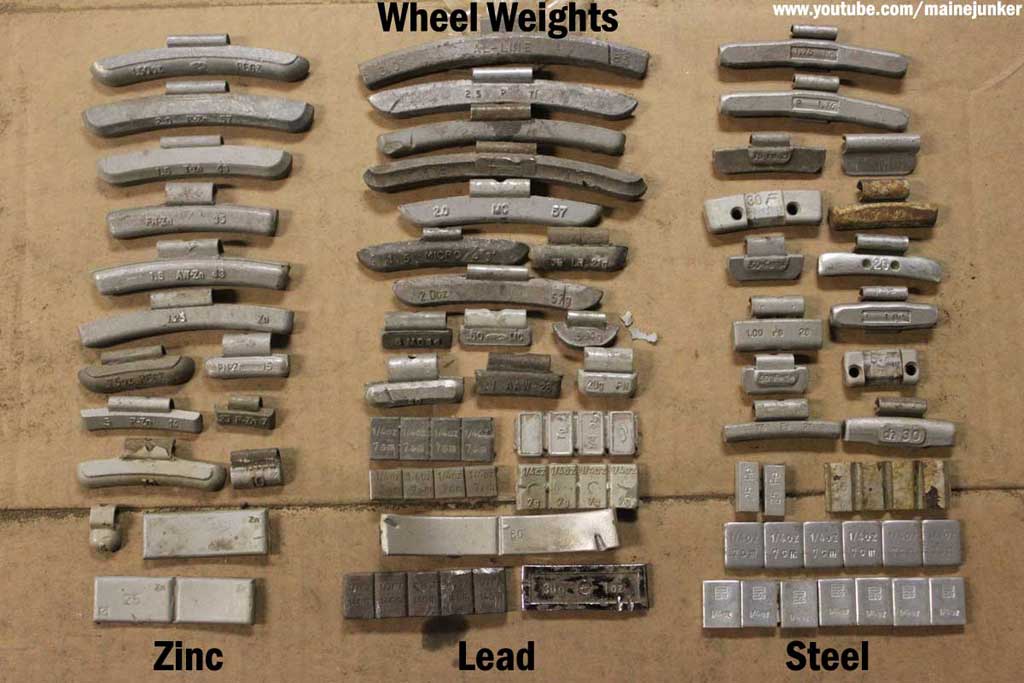 While I was waiting for the test Dargo, the same cross... 16036 7 205 13.09.2022
While I was waiting for the test Dargo, the same cross... 16036 7 205 13.09.2022
Test drives / Test drive Motor from Mercedes, emblem from Renault, assembly from Dacia: test drive of the European Logan 1.0 It would seem that what's new can be told about the second generation Renault Logan, known to every Russian taxi driver, as they say, up and down? However, this car has... 13426 ten 41 08/13/2022
Test drives / Test drive Geely Coolray vs Haval Jolion: Free Cheese? If! Do you want to buy a car today with a full warranty, on credit at an adequate rate, without wild dealer markups? Now this is still a task, because a full-fledged chain of "representation - s. .. 10492 26 thirty 08/10/2022
.. 10492 26 thirty 08/10/2022
Please note that the price of this item is in euros.
This price corresponds to the manufacturer's price in Germany.
You do not even pay customs clearance and delivery from Europe.
Dealer discount allows us to offer such prices.
Settlement in rubles, at the exchange rate on the day of payment.
Professional suspension tuning scale.
4 platforms for 4 wheels, load per platform - 700kg, maximum load
- 2800kg. Large LCD display. Measurement accuracy - 99.9%.
Switchable display - kg, lbs. Determining the weight on each wheel in kg and percentage.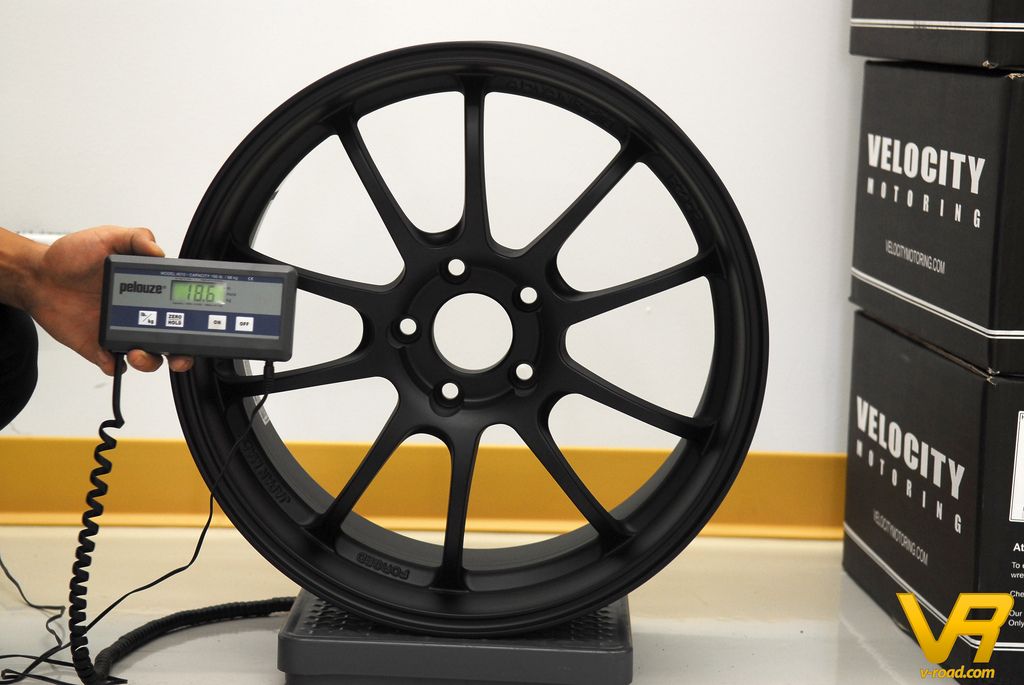
Axle load determination - in kg and percent.
Why we need to weigh a car: When each of us has a desire to make our car move faster, we immediately remember the engine, its “weak character”. In search of “happiness”, we begin to build up power: we change shafts, pipes, filters, programs, pistons, and other parts, without thinking at all about weighing the car. And so, when it seems that everything is fine and you are practically invincible, there is always an opponent's car that "returns you to the ground." And after the race, one question is spinning in my head: Why is it faster? And then it also turns out that his motor is not the most powerful either. But often the answer is on the surface - it's just easier! We, as a rule, know the weight of our car from the “primer book” or from the TCP. But, if you look at the essence, the value indicated there, to put it mildly, does not always correspond to the truth, because we did not even think about weighing the car. A pair of speakers, a radio tape recorder, an amplifier, a set of "Shumka", a couple of kilograms of anticorrosive, floor mats, tinting, covers, engine protection, "Guarantor" on the steering wheel, additional struts, stabilizers, all sorts of "snaps" and "patches" - that's all the factory did not count! The actual weight of the machine can only be measured on specialized truck scales. Now there is such an opportunity in the CarTuning laboratory: an operation to weigh a car. A remarkable property of these scales is the ability not only to find out the absolute weight of the car, but also the weight falling on each wheel separately! This property will be especially useful for those who tune the car for specific purposes: ideal handling, drifting (driving in a controlled skid), cross-country ability or maximum "hook at the start" for drag racing and traffic light races.
When weighing a car, you can understand why it is the right or left wheel that pierces, or one of them desperately slips on seemingly even and identical asphalt (the spread between the wheels sometimes easily reaches 100-150 kg).